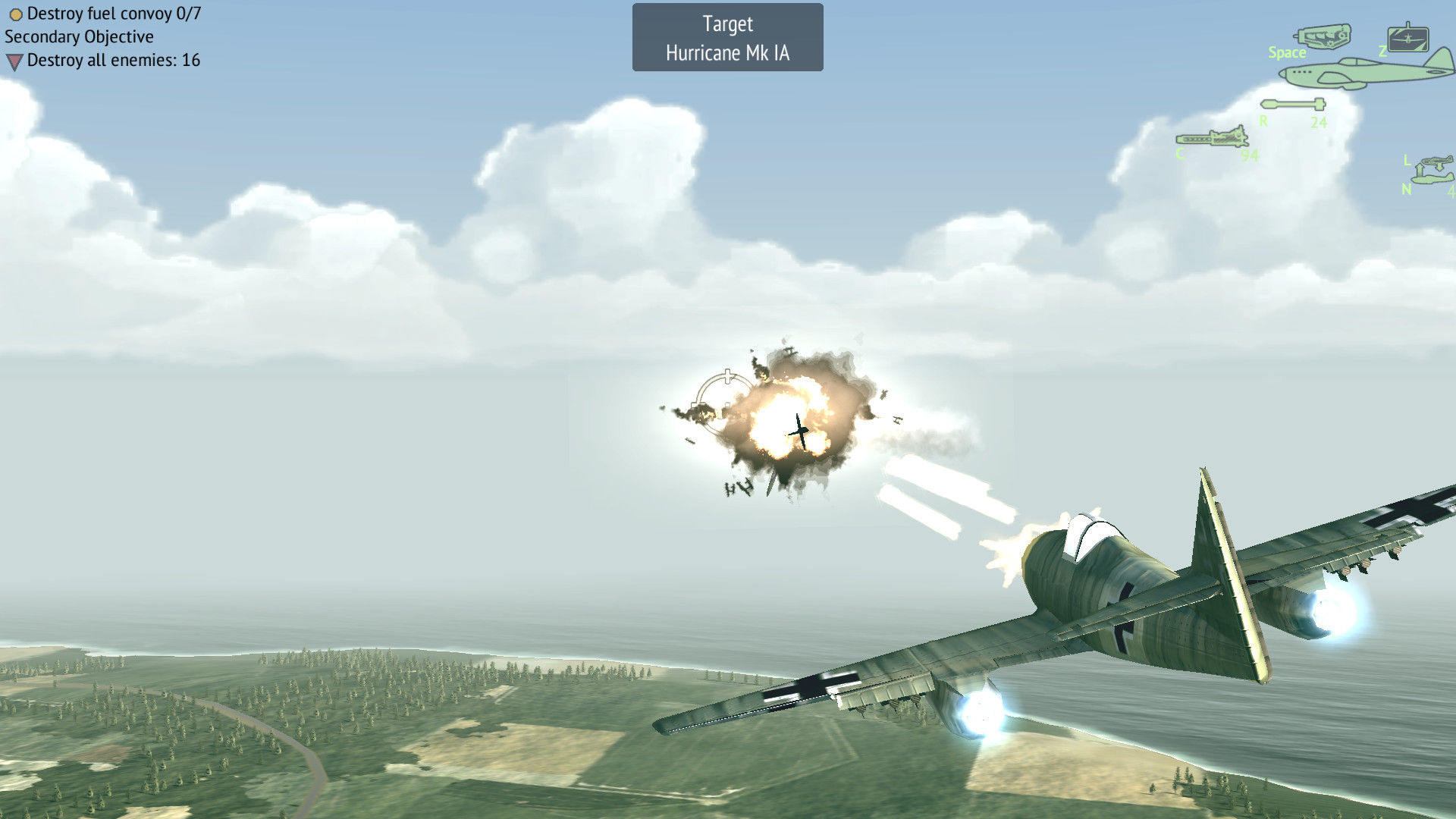

He pulled it out and slammed it down on Ringwald's desk and said, "t was another one of those fuckin' foo fighters!" and stormed out of the debriefing room. Ringwald said that Meiers was extremely agitated and had a copy of the comic strip tucked in his back pocket. Ed Schleuter had sighted a red ball of fire that appeared to chase them through a variety of high-speed maneuvers. In a mission debriefing on the evening of November 27, 1944, Frederic "Fritz" Ringwald, the unit's S-2 Intelligence Officer, stated that Meiers and Pilot Lt. Smokey Stover's catch-phrase was "where there's foo, there's fire". Meiers was from Chicago and was an avid reader of Holman's strip, which was run daily in the Chicago Tribune. Meiers, who, according to most 415th members, gave the foo fighters their name. The term "foo" was borrowed from Smokey Stover by a radar operator in the 415th Night Fighter Squadron, Donald J. The nonsense word " foo" emerged in popular culture during the early 1930s, first being used by cartoonist Bill Holman, who peppered his Smokey Stover fireman cartoon strips with "foo" signs and puns. Elmo's fire, electromagnetic phenomena, or simply reflections of light from ice crystals. The Robertson Panel explored possible explanations, for instance that they were electrostatic phenomena similar to St. Formally reported from November 1944 onwards, foo fighters were presumed by witnesses to be secret weapons employed by the enemy.

415th Night Fighter Squadron, the term was also commonly used to mean any UFO sighting from that period. Though foo fighters initially described a type of UFO reported and named by the U.S. The term foo fighters was used by Allied aircraft pilots during World War II to describe various unidentified flying objects or mysterious aerial phenomena seen in the skies over both the European and Pacific theaters of operations. For the homebuilt aircraft, see Stewart Foo Fighters. This article is about the aerial phenomenon.


 0 kommentar(er)
0 kommentar(er)
